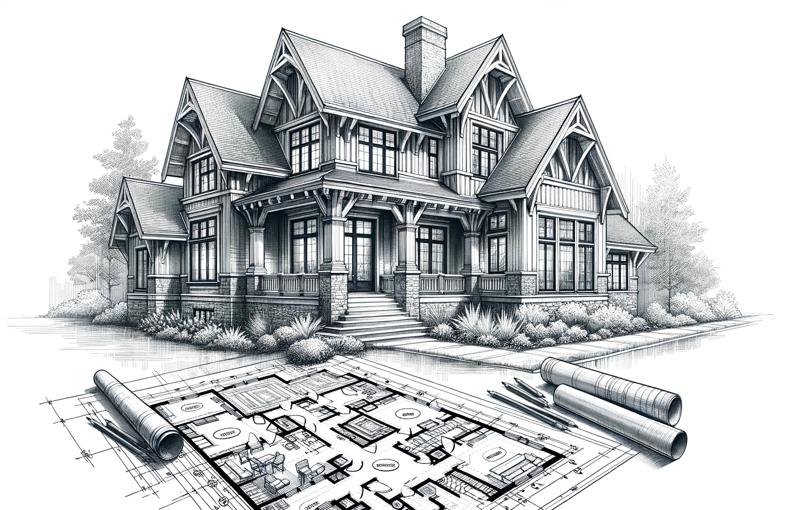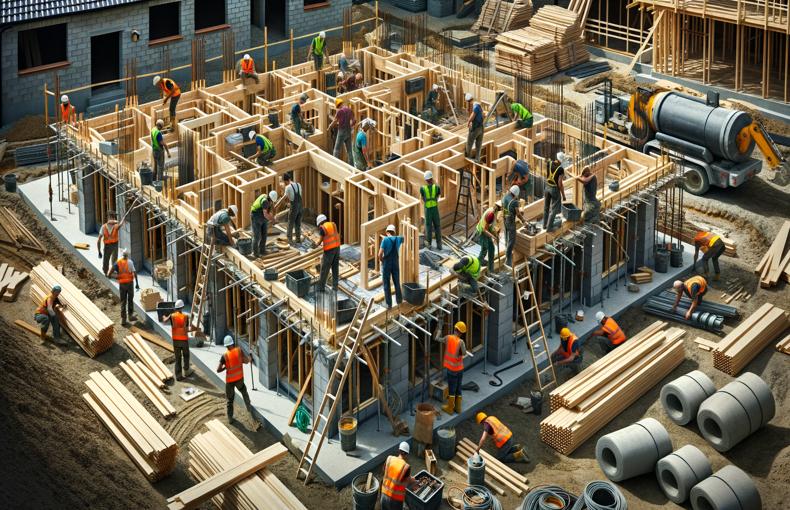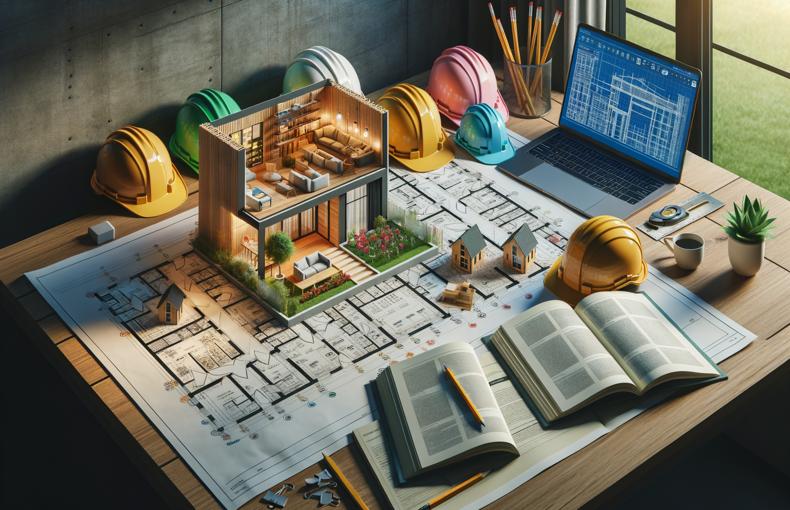From Concept to Completion: The Journey of Custom Home Drafting
Building a custom home is an exciting endeavor that allows you to bring your unique vision to life. From the initial concept to the final completion, the journey of custom home drafting is intricate and rewarding. This comprehensive guide will walk you through each step of the process, providing valuable insights to help you understand the complexities and make informed decisions along the way.
Understanding Custom Home Drafting
What is Custom Home Drafting?
Custom home drafting involves creating detailed architectural plans tailored to your specific needs, preferences, and lifestyle. Unlike pre-designed homes, custom drafting offers flexibility and creativity, allowing you to design a home that reflects your personality and meets your requirements.
Importance of Custom Home Drafting
Custom home drafting is crucial for several reasons:
- Personalization: It allows you to create a space that suits your lifestyle and aesthetic preferences.
- Functionality: Custom plans ensure that the layout and design are functional and efficient.
- Value: A well-drafted custom home can increase the property's value.
- Satisfaction: The process can be incredibly satisfying, knowing that your home is a true reflection of your vision.
Steps in Custom Home Drafting
1. Initial Consultation
The journey begins with an initial consultation with an architectural drafter or designer. During this meeting, you will discuss your ideas, needs, budget, and timeline. This stage is crucial for understanding your vision and laying the foundation for the project.
2. Conceptual Design
Based on the initial consultation, the drafter will create a conceptual design. This includes:
- Sketches: Rough sketches to visualize the layout and design.
- Floor Plans: Preliminary floor plans showing the arrangement of rooms and spaces.
- Elevations: Exterior views to give a sense of the home's appearance.
3. Refining the Design
Once the conceptual design is approved, the drafter will refine the plans, incorporating your feedback. This stage involves detailed drawings, including:
- Detailed Floor Plans: Precise measurements and layouts.
- Sections: Cross-sectional views to illustrate the structure.
- Electrical and Plumbing Plans: Layouts for electrical wiring, plumbing, and HVAC systems.
4. Permitting and Approvals
Before construction can begin, the plans must be submitted to local authorities for approval. This process ensures that the design complies with building codes and regulations. It may involve:
- Zoning Approvals: Ensuring the design adheres to zoning laws.
- Building Permits: Obtaining necessary permits for construction.
5. Construction Documentation
Once the plans are approved, detailed construction documents are prepared. These documents guide the builders and contractors during construction and include:
- Specifications: Detailed descriptions of materials and finishes.
- Construction Drawings: Comprehensive plans showing every aspect of the building.
6. Construction Phase
With the construction documents in hand, the construction phase begins. This stage involves:
- Site Preparation: Clearing and preparing the land.
- Foundation: Laying the foundation of the home.
- Framing: Building the structural framework.
- Installation: Installing electrical, plumbing, and HVAC systems.
- Finishing: Adding finishes, fixtures, and final touches.
7. Final Inspection and Handover
After construction is complete, a final inspection ensures that the home meets all safety and quality standards. Once approved, the keys are handed over, and you can move into your custom-designed home.
Tips for a Successful Custom Home Drafting Journey
- Communicate Clearly: Maintain open and clear communication with your drafter and builder.
- Be Involved: Stay involved in the process and provide feedback at each stage.
- Plan for Contingencies: Be prepared for unexpected challenges and delays.
- Focus on Quality: Invest in high-quality materials and craftsmanship for long-term satisfaction.
- Stay Flexible: Be open to adjustments and modifications as needed.
External Resources
For further information on custom home drafting, check out these valuable resources:
- National Association of Home Builders (NAHB)
- American Institute of Architects (AIA)
- Houzz: Custom Home Design Ideas
Conclusion
The journey of custom home drafting is a fulfilling and creative process that transforms your dream home into reality. By understanding each step and working closely with professionals, you can ensure a smooth and successful project. Whether you're building your first custom home or your fifth, this guide provides the knowledge and insights to navigate the process with confidence.
For more expert advice and tips on custom home drafting, subscribe to our blog and stay updated with the latest trends and innovations in architectural design.











